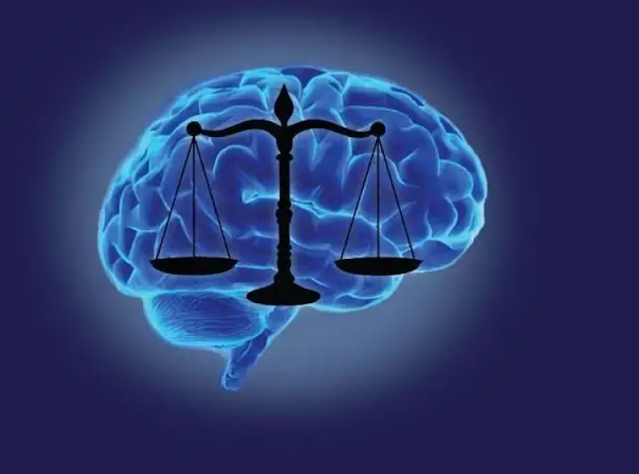Alzheimer's Disease

What is Alzheimers? Alzheimer's disease (AD) is a disease where the brain loses its function of thinking, memory, and the ability to carry out the simplest of tasks in extreme conditions. It is mainly considered the disease of old age as most patients get diagnosed by age 65 or older. One of the first symptoms of AD is 'Dementia' where the brain's ability to acquire and process new information decreases with time. Dementia can range in severity from mild form(forgetting something for a few seconds or minutes) to most severe, where the person depends entirely on others for help to carry out basic tasks of everyday life. How is our body affected internally? Scientists have found that the brain goes through severe changes in AD patients. The brain shrinks from its average size and toxic material keeps building up in different brain regions. A high number of protein deposits called Amyloid plaques and Tau tangles are specifically found to be deposited in the AD brain. These...



